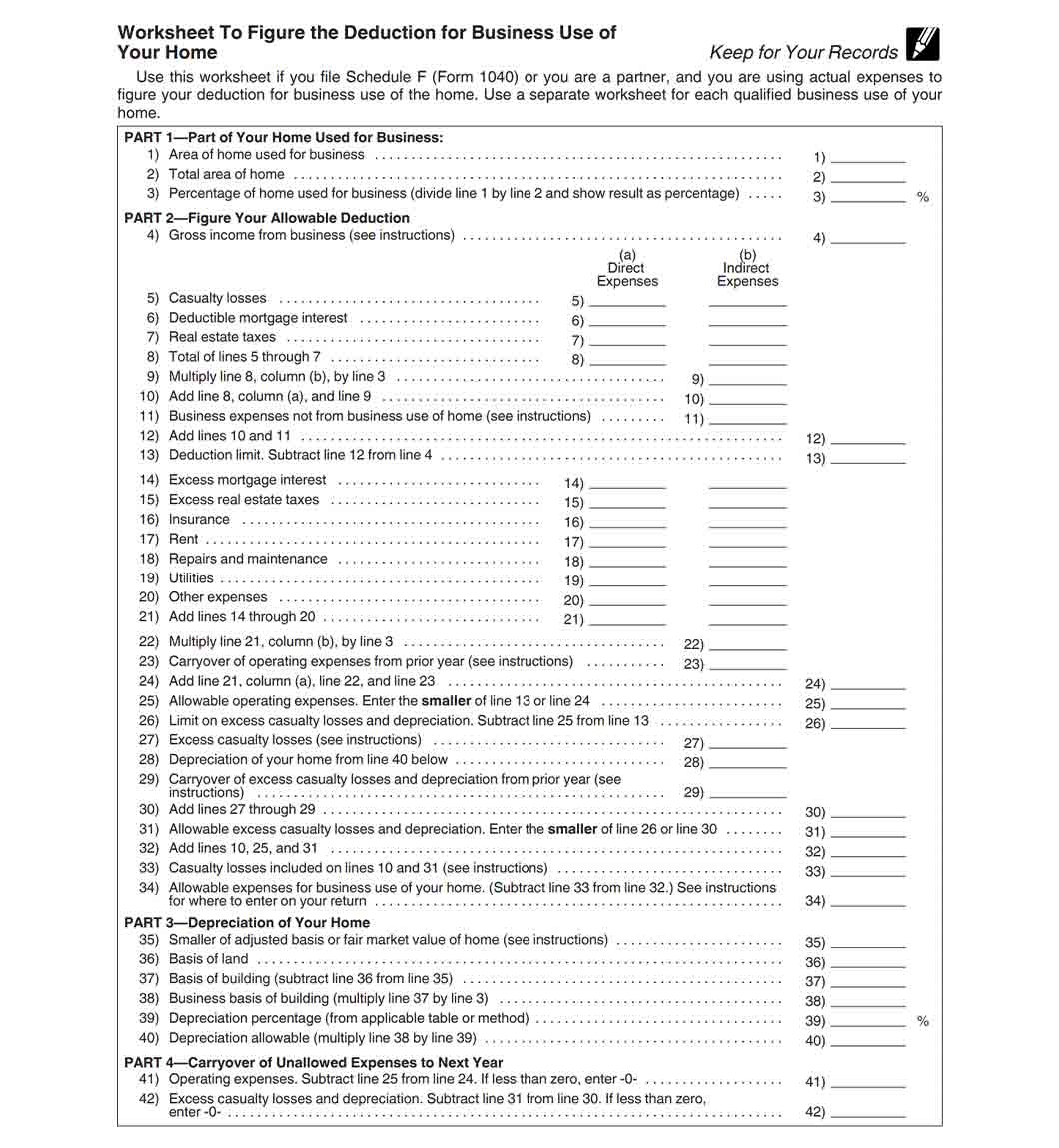Table of Content
You're not permitted to classify them as such so you can take the entire deduction in the year you spend the money. Improvements must be capitalized and depreciated according to a set depreciation schedule. You must divide the cost of the improvement over the useful life of the improvement and then take an annual deduction based on the given year's expense.

As is the case with most tax situations, Skinner says its wise to consult a tax adviser to confidently maximize your deductions, which vary state-to-state and year-to-year. 3Individual Savings Claims – We calculated each customer’s interest savings based on payments Tally made on their behalf to their credit cards with a higher APR than their Tally line of credit. We compared the total daily interest that would have accrued with and without Tally based on the difference between their credit card APR and the APR for their Tally line of credit. We excluded payments made to cover minimum payments to cards with a lower APR than Tally or to cards that were in a grace period at the time of payment. As you’ve probably noticed, a majority of the most valuable home improvements are centered on the exterior of your property. What makes these improvements such value drivers is that they have the biggest returns—meaning you recoup the most amount of money in direct comparison to what you spend.
Business Use of Home
We’ll search over 350 deductions and credits so you don’t miss a thing. And, you might have to recapture the depreciation taken as a taxable gain. You should also know that opting for tax deductions will likely require you to itemize your deductions. Claiming the deductions you’re eligible for is only worth the effort if all of your itemized deductions exceed the IRS standard deduction. That number is $12,550 for the 2021 tax year for individuals, and twice that for married couples. Keep that in mind as you tally up your expenses and prepare your taxes.
A capital improvement involves extensive work at a more significant cost that adds to an asset’s useful purpose or extends its useful life. Hilarey Gould has spent 10+ years in the digital media space, where she's developed a passion for helping people understand economics, saving, investing, credit card perks, mortgage rates, and more. Hilarey is the editorial director for The Balance and has held full-time and freelance roles at a variety of financial media companies including realtor.com, Bankrate, and SmartAsset. She has a master's in journalism from the University of Missouri, and a bachelor's in journalism and professional writing from The College of New Jersey .
American Tax Service
In no time at all, you’ll be well on your way to both upgrading your home and enjoying the financial benefits, too. The most common improvements to make include updating kitchen cabinets, adding rooms or bathrooms, and replacing doors and windows. According to TaxAct, “for a mid-range kitchen remodel, you’ll recoup about 57 percent of the cost. For a mid-range bath remodel, you’ll recoup about 70 percent of the cost.” A realtor will know what upgrades will garner you the most profit when it does come time to sell your home. It’s common to do these minor repairs whenever a tenant moves out.
That is because most repairs do not add value to your home. However, if the repair does add value to your property , it could be considered a home improvement. In that case, you may be able to get a tax break in the year that you sell your home. If you are able to improve your homes value , you increase your chances of keeping a higher amount of a tax free capital gain by increasing your cost basis of the property. As with the home office deduction, improvements that repair only the portion of the home being rented can be deducted in full.
Improvements to Your Home Office
Because tax laws are updated and revised on a regular basis, you should always verify your plans with a tax professional before banking on a juicy deduction. To qualify to depreciate home improvement costs, you must use a portion of your home other than as a personal residence. She subtracts her $550,000 basis from the $900,000 sales price to determine her gain from the sale—$350,000. Only this amount is subject to tax (if Jane qualifies for the home sale tax exclusion, she doesn't have to pay tax on $250,000 of this amount). Fix-up expenses have not been deductible as selling expenses sinceTaxpayer Relief Act of 1997 was passed. I don't believe the 90 day rule for "repairs" exist anywhere in IRS regulations, publication, tax court cases or PLs, despite the proliferation of the rule on real estate and tax advice web sites.

Holding a bachelor's degree from Yale, Streissguth has published more than 100 works of history, biography, current affairs and geography for young readers. Consult a tax professional to discuss your projects to understand how the ever-changing tax laws will affect your current and future tax situation. Alterations made to a home for medical reasons, such as expanding doorways or installing ramps, are often fully deductible.
An Example of Deducting an Improvement
Losses incurred by repairs can sometimes be carried over to subsequent years so consult with a tax professional if you find yourself in this situation. On your personal residence, the answer is usually no, although you might qualify for certain kinds of energy-related home improvements. Another professional you might consider consulting is a realtor. Even if you’re not thinking of selling your home, it’s a good idea to see what other houses comparable to your own property have in terms of upgrades. You might find inspiration in what has been done to these properties. Or you might find out what to avoid when completing your own improvement project.

The rules for rental property and personal property are quite different, and a thorough investigation of potential tax benefits is recommended. Any improvements made to your house that increase the resale value are tax deductible, but not only in the year they’re made. This is because they benefit the property over time by adding lasting value. Examples of this type of improvement include permanent additions, installing a security system, adding in a swimming pool, or major landscaping. You may need to spread out these deductions over a few years. You can't deduct assessments for improvements, such as the construction of a sidewalk, or the installation of curbs and storm drains.
After a detailed interview, we’ve acquired the answers homeowners like you are seeking. We’ll explain what the eligible criteria are, and what qualifies as a deductible expense. I in last year, perhaps she has a new thought this year or can help us find an actual IRS source for the so-called 90 day rule for repairs. Each week, Zack's e-newsletter will address topics such as retirement, savings, loans, mortgages, tax and investment strategies, and more.

The cost of these assessments is added to the basis of your home, which will lower the capital gains tax you owe when you sell the residence. Repairs on a rental property are deducted on IRS Schedule E as expenses. It tallies up all the rental income you received and subtracts your expenses from the total. The balance is your taxable income from your rental business.
Every dime added to the basis was a dime less that the IRS could tax when the house was sold. But, now that home-sale profits are tax-free for most owners, there's no guarantee that carefully tracking your basis will pay off. When you do, it’s always good to know that you can deduct some of the cost. Just make sure to research your particular improvements ahead of time. If the whole thing seems confusing to you, it’s never a bad idea to consult a professional. A licensed accountant or tax professional will be able to properly guide you on your home improvement journey.
I appreciate your time spent on this site and am always open to suggestions and ideas from our readers. You can connect with me on , , or contact me through this website. Make a special folder designed for the receipts and records relevant to your property.
Depending on your income and the cost of the repairs, your potential casualty loss deduction could be zeroed out. Casualty losses are an itemized deduction claimed on Form 1040, Schedule A, line 20, supported by Form 4684. A casualty is defined by Congress and the Internal Revenue Service as property damage or loss due to a sudden, unexpected, or unusual event. Storms are not excluded from the definition, so a hail storm could cause a casualty loss. Note that losses are deductible in the tax year of the casualty, which may not necessarily be the same tax year in which you make repairs. In terms of tax deductions, a home repair is something done to maintain the health of the home.
Dillon has been syndicated by the National Newspaper Publisher's Association. Her work has also appeared in the "Journal Of Progressive Human Services." Calculate the total of everything you paid for the house - the original purchase price, fees and so on. Get live help from tax experts, plus a final review before you file — all free.
No comments:
Post a Comment